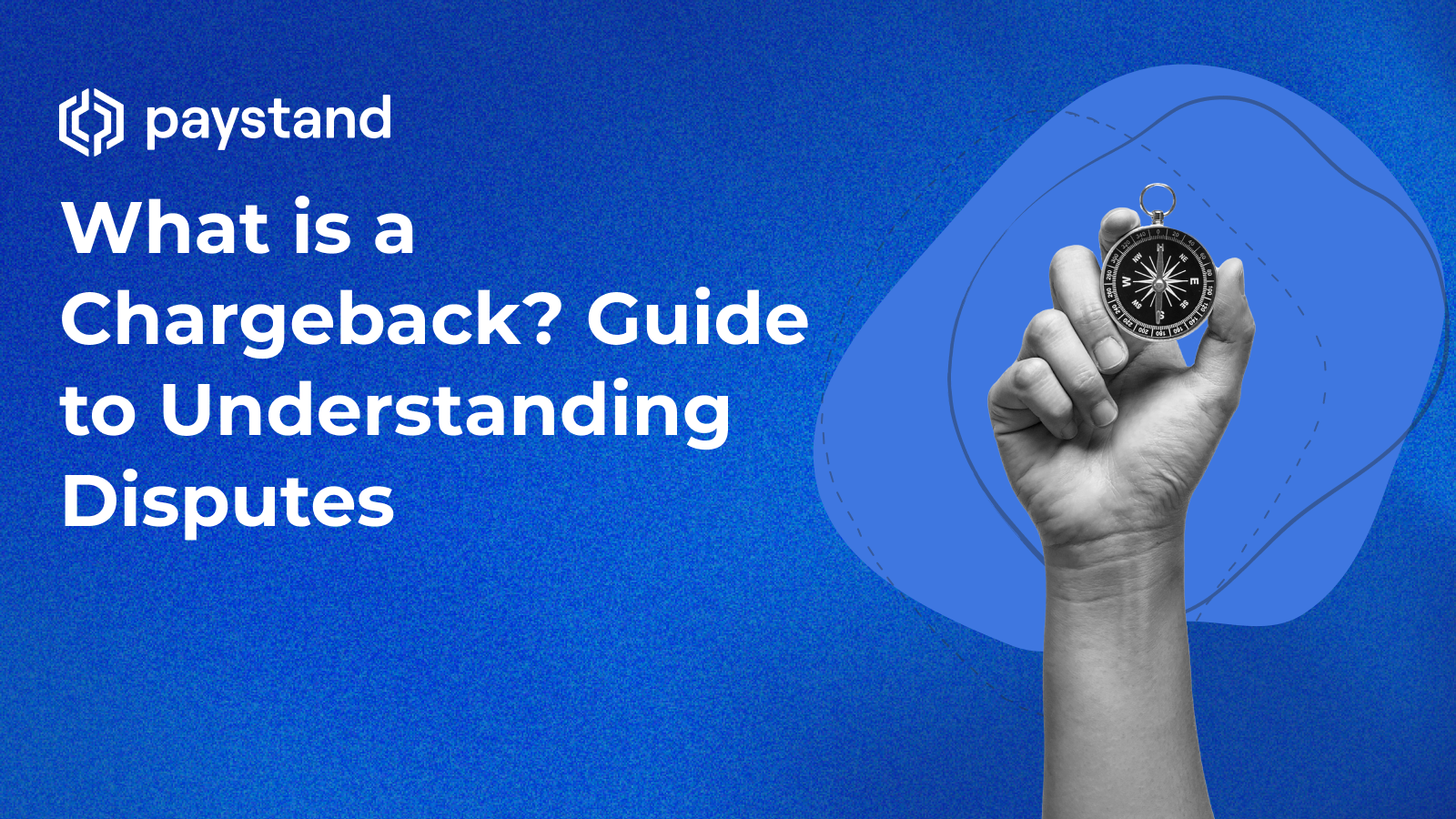What is a Chargeback? Guide to Understanding Disputes

Table of Contents
- What is a chargeback?
- Chargeback vs refund: What’s the difference?
- Understanding chargeback disputes
- Examples of Chargebacks
- Reasons for Chargebacks
- Why are Chargebacks serious?
- Who pays for a Chargeback?
- How Long Does a Business Have to Dispute a Chargeback?
- Best Practices to Reduce Chargebacks
Key Takeaways
- A chargeback is a reversal of a payment when a cardholder disputes a transaction, usually through their bank.
- Chargebacks and refunds differ: chargebacks are bank-mediated, while refunds are merchant-initiated.
- Chargebacks can result from fraud, poor product quality, or clerical errors.
- Merchants must respond to a chargeback within 30 days (varies by processor) with proof to dispute the claim.
- Reducing chargebacks involves clear billing, proof of delivery, automated processing, and open communication channels.
Chargebacks are a reality for any business handling digital payments. Whether it’s due to fraud, customer dissatisfaction, or billing mistakes, they can seriously impact your bottom line. Knowing what a chargeback is and how to manage it is key to protecting your business. In this guide, we’ll break down how chargebacks work and how they differ from refunds and offer tips to help you minimize their occurrence.

What is a Chargeback?
A chargeback – also known as a reversal – occurs when a cardholder disputes a transaction, claiming the payment was fraudulent or unauthorized. The cardholder initiates a claim through their issuing bank, and the funds from the transaction are temporarily held until the bank investigates. The bank will then make a ruling, either refunding the customer or returning the funds to the merchant if the charge is legitimate.
How Does a Chargeback Work?
When a customer disputes a charge, their bank reviews the case and temporarily withholds the funds from the merchant. The bank then investigates both the customer’s claim and the merchant’s provided evidence, such as receipts or communication logs. Once the investigation is complete, the bank decides whether the funds should be refunded to the customer or released back to the merchant. If the ruling favors the customer, the merchant incurs a loss, including any associated chargeback fees.
Chargeback vs Refund: What’s the Difference?
While both chargebacks and refunds involve returning money to a customer, they differ in how they are initiated and processed. The customer’s bank initiates a chargeback after the customer disputes a transaction, often claiming fraud or dissatisfaction. On the other hand, a refund is initiated by the merchant when the customer directly requests a return of funds. Chargebacks typically result in higher costs for the merchant, as they also incur fees from the payment processor.
Understanding Chargeback Disputes
A chargeback dispute occurs when a merchant contests a chargeback, arguing that the transaction was legitimate. To resolve the dispute, the merchant submits evidence (e.g., receipts or contracts) to the issuing bank, which will decide whether to uphold or reverse the chargeback.
How to Handle Chargeback Disputes
Merchants can challenge chargebacks by providing detailed documentation, such as proof of purchase, delivery confirmation, or communication logs, to prove the transaction's legitimacy. It’s important to act promptly, as failing to respond within the designated timeframe may automatically favor the customer.
Examples of Chargebacks
A common chargeback example involves a customer disputing a credit card charge they don't recognize. The issuing bank holds the payment, investigates, and asks the merchant for evidence that the transaction was authorized.
Reasons for Chargebacks
Chargebacks may occur due to:
- Fraud: Customers suspecting unauthorized transactions.
- Product or Service Dissatisfaction: Goods not meeting customer expectations.
- Clerical Errors: Duplicate or incorrect charges.
Why Are Chargebacks Serious?
Chargebacks can lead to significant losses for merchants. Not only do they lose the sale amount, but they also face fees from payment processors. Repeated chargebacks can damage relationships with processors and lead to higher fees or termination of services.

Who Pays for a Chargeback?
The merchant account bears the financial burden of chargebacks, including returning the disputed funds and covering any chargeback fees imposed by the payment processor.
How Long Does a Business Have to Dispute a Chargeback?
Merchants typically have 30 days to dispute a chargeback, although timeframes vary by processor. Providing timely and sufficient evidence is crucial for a successful dispute resolution.
Best Practices to Reduce Chargebacks
Merchants can take proactive steps to reduce the risk of chargebacks:
- Clear Billing Statements: Ensure your business name is recognizable on customer statements.
- Accurate Payment Processing: Use automation to minimize billing errors.
- Proof of Delivery: Utilize tracking services to confirm shipment.
- Accessible Customer Support: Offer easy ways for customers to resolve issues before resorting to chargebacks.
Chargebacks can be a costly and time-consuming challenge for businesses, but by understanding how they work and implementing best practices, you can significantly reduce their impact. From providing clear billing statements to offering accessible customer support, proactive measures help protect your revenue and customer relationships. If you're looking for more ways to optimize your digital payments and streamline your operations, explore our guide on Digital Payments in Your Supply Chain to see how you can stay ahead in today's complex payment landscape.





%20(1)%20(1).jpg?width=100&height=100&name=IMG_3752%20(1)%20(1)%20(1).jpg)